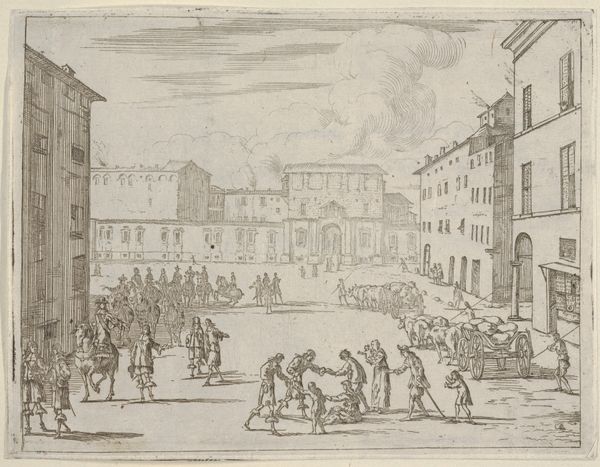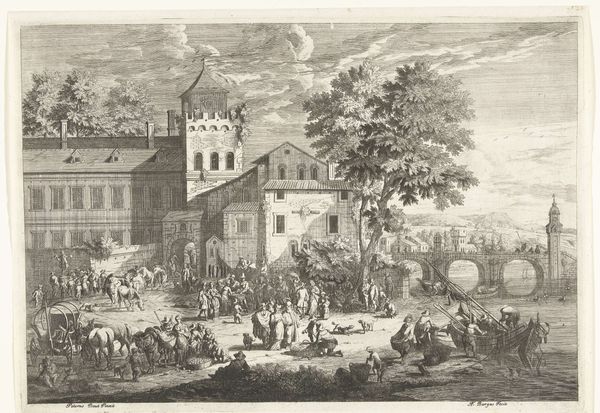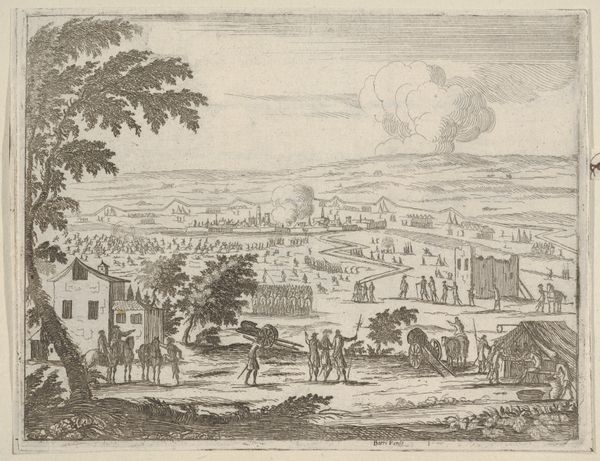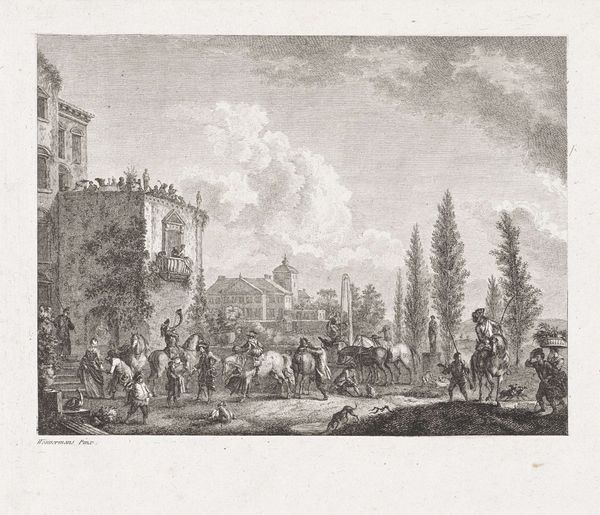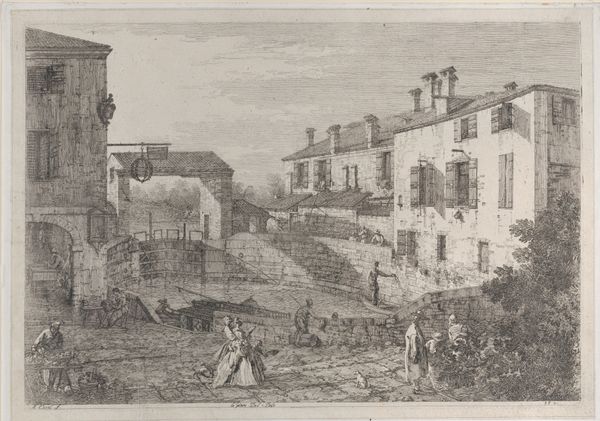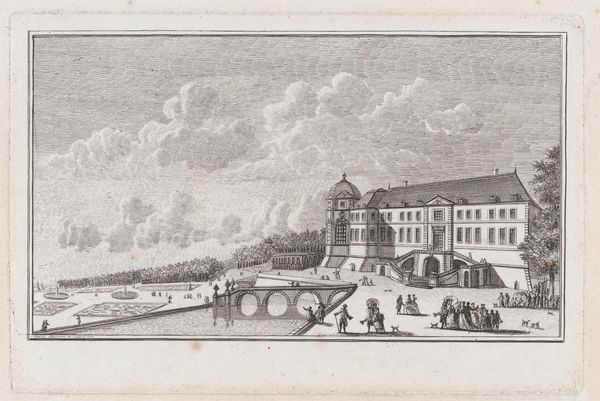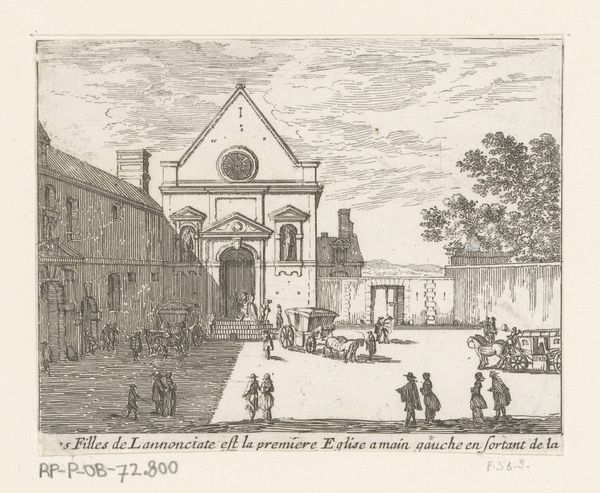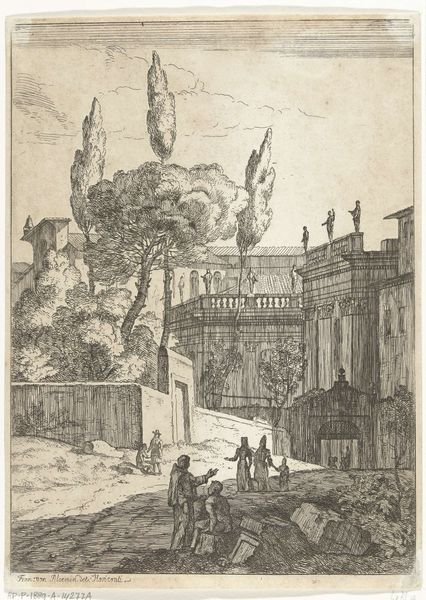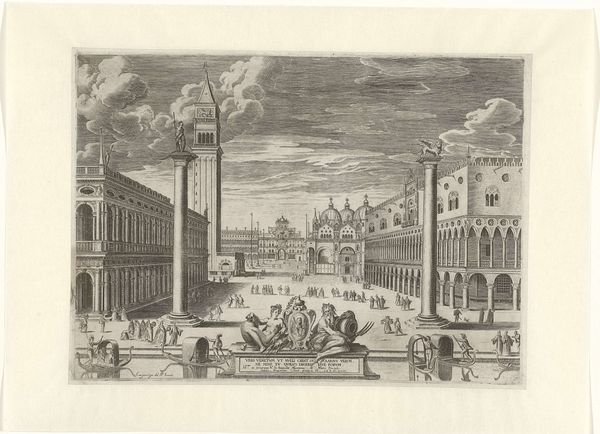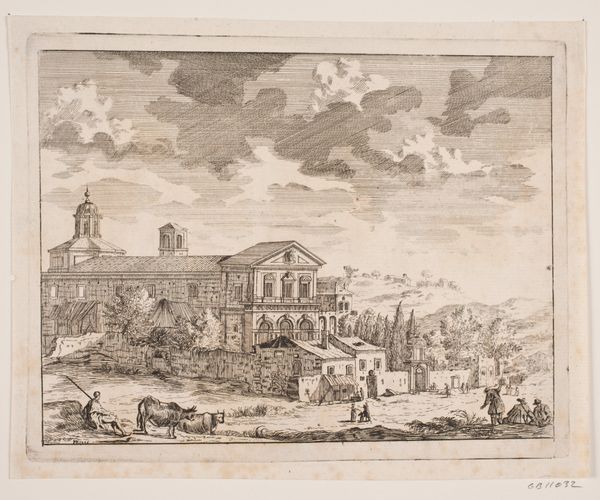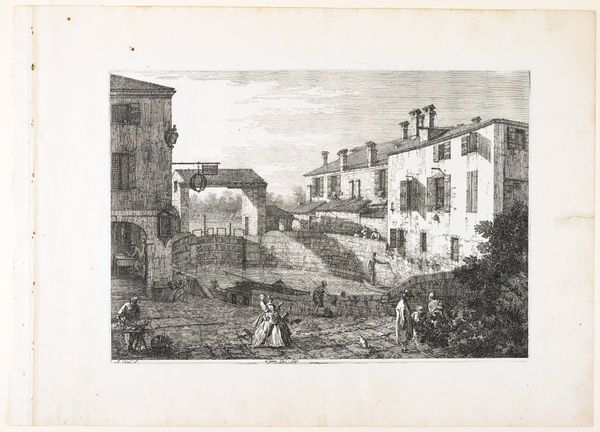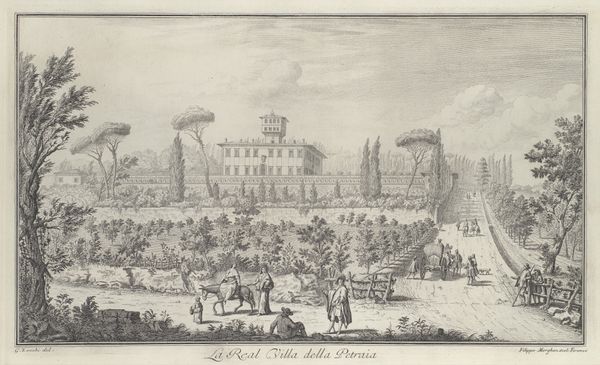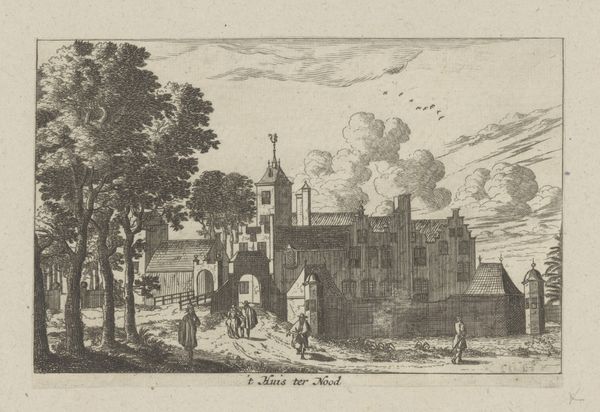![Francesco I d'Este Intervenes for an Agreement between Pope Urban VIII and the Duke of Parma, from L'Idea di un Principe ed Eroe Cristiano in Francesco I d'Este, di Modena e Reggio Duca VIII [...] by Bartolomeo Fenice (Fénis)](/_next/image?url=https%3A%2F%2Fd2w8kbdekdi1gv.cloudfront.net%2FeyJidWNrZXQiOiAiYXJ0ZXJhLWltYWdlcy1idWNrZXQiLCAia2V5IjogImFydHdvcmtzLzEyN2Q4NTQxLTBiNjUtNDZkYS04NzNhLWUyM2U5MDEyMzcyNC8xMjdkODU0MS0wYjY1LTQ2ZGEtODczYS1lMjNlOTAxMjM3MjRfZnVsbC5qcGciLCAiZWRpdHMiOiB7InJlc2l6ZSI6IHsid2lkdGgiOiAxOTIwLCAiaGVpZ2h0IjogMTkyMCwgImZpdCI6ICJpbnNpZGUifX19&w=3840&q=75)
Francesco I d'Este Intervenes for an Agreement between Pope Urban VIII and the Duke of Parma, from L'Idea di un Principe ed Eroe Cristiano in Francesco I d'Este, di Modena e Reggio Duca VIII [...] 1659
0:00
0:00
drawing, print, etching
#
drawing
#
baroque
# print
#
etching
#
cityscape
#
history-painting
Dimensions: Sheet: 4 15/16 × 6 3/8 in. (12.5 × 16.2 cm) Plate: 4 13/16 × 6 1/4 in. (12.2 × 15.8 cm)
Copyright: Public Domain
Curator: This etching by Bartolomeo Fenice, created in 1659, is titled "Francesco I d'Este Intervenes for an Agreement between Pope Urban VIII and the Duke of Parma." It’s an illustration from the book "L'Idea di un Principe ed Eroe Cristiano in Francesco I d'Este." What's your initial read? Editor: I'm immediately drawn to the puffs of cloud that are almost cartoonish in their appearance, strangely contrasting the gravity implied by the title. It feels staged, almost performative. Curator: That’s a perceptive observation. The dramatic clouds contribute to the Baroque aesthetic. Fenice uses them to highlight the political theater. Francesco I d’Este's intervention was significant; it shaped the relationship between the papacy and the Duchy of Parma, impacting the region’s power dynamics. The theatrical clouds perhaps allude to the smoke of political machinations, or maybe the "smoke and mirrors" involved in diplomacy. Editor: Absolutely, it fits within the visual language of power. Note the triumphal arch, rendered in meticulous detail, and the figures arrayed in what seems like a carefully orchestrated display of authority. I see symbolic echoes of ancient Roman processions in its depiction, invoking themes of imperial power and divine right. Curator: Indeed. Fenice carefully crafts the image to serve as visual propaganda, enhancing the Duke’s image within the context of his biography. He wanted to show his patron as a peacemaker and a devout leader. It’s not just a record, but a carefully constructed narrative, designed for a very particular public. Editor: So the puffs of smoke that I was focusing on might also be related to cannons or some military display—so power asserted through a more militant display. It's the contrast between the figures clustered on the left side of the work and the carriages proceeding rightward that provides a sort of symbolic key. Curator: Yes, everything works towards bolstering the Duke’s reputation in the print. The print served to monumentalize his legacy and present him as a strong, influential leader to the court and beyond. Editor: I find that even the etching itself is almost like a form of alchemy – of turning power plays into a series of legible, iconic visual shorthand that would be meaningful for the target audience of the day. Curator: Exactly! By imbuing these scenes with a symbolic weight, Fenice wasn't simply documenting history, he was shaping it, or rather shaping the perception of it. It's a lesson in the power of image-making, and propaganda. Editor: Thank you; it gives us much to think about, considering our contemporary relationship with images and those same questions of power and intent.
Comments
No comments
Be the first to comment and join the conversation on the ultimate creative platform.

